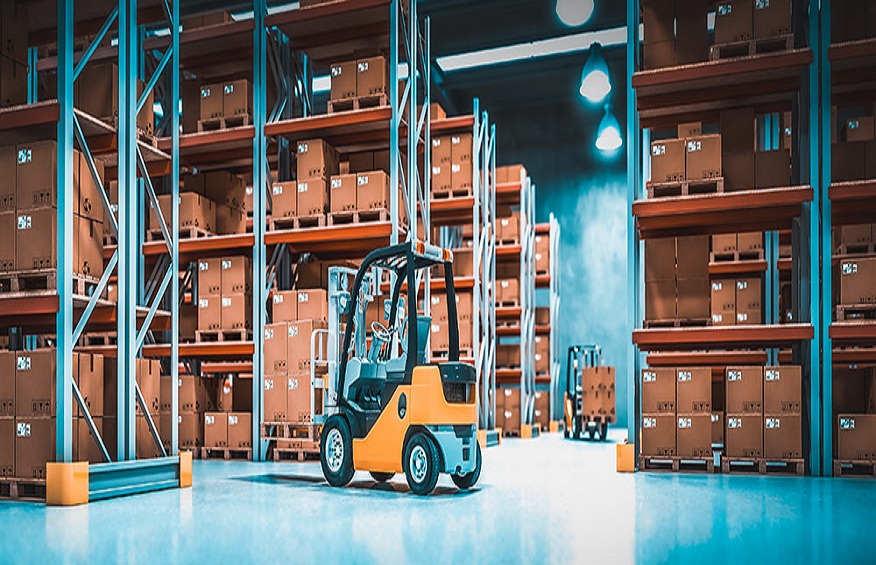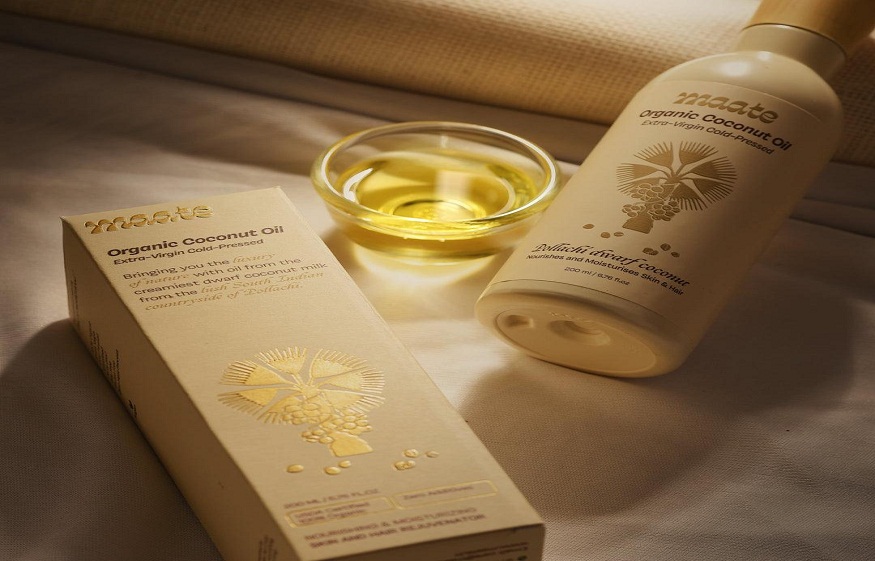What is MOOWR Scheme, and How Can It Help Your Organization?
The Indian government reintroduced the MOOWR scheme in 2019, which had been previously launched in 1966. The new MOOWR scheme has been designed to benefit manufacturers and processors of goods in India. It has a limited number of compliance requirements and offers customs duty exemptions on input and capital goods used in the export product. Additionally, it permits the deferment of customs duty on inputs used in domestic manufactured or processed goods.
The revamped MOOWR scheme has also taken into account the challenges faced by various export promotion schemes in India, such as Advance Authorization (AA), Export Promotion Capital Goods (EPCG), Export Oriented Unit (EOU), and Special Economic Zone (SEZ), as well as the orders of the Dispute Resolution Board (DSB) of the World Trade Organisation (WTO). Unlike other export promotion schemes, MOOWR is not an export-obligation linked structure, and it complies with WTO norms.
Here are the benefits of the MOOWR Scheme:
industry. It can boost the local economy and improve the purchasing potential of local residents.
1. Reduced Operational Costs
The MOOWR scheme can lower operational costs for organizations. As organizations can complete the manufacturing process at local warehouses, they can save on the cost of setting up a new manufacturing facility. It is particularly beneficial for small and medium businesses that don’t have adequate financial resources to invest in a manufacturing unit.
2. Greater Operational Efficiency
A significant advantage of the MOOWR scheme is increased operational efficiency for organizations. A warehouse for storing goods and carrying out the entire manufacturing process can enable organizations to streamline their supply chain. Consequently, organizations will be able to deliver products to the market much faster.
It will ensure that the products of an organization are able to successfully meet the demands in the market. The supply of products at the right time will lead to increased sales and higher revenue for organizations. Moreover, organizations will also be able to improve customer satisfaction.
3. Deferred Import Duty
The scheme defers the import duty when raw materials or capital goods are imported. The deferred duty is exempted when the import units are used for exports. If the finished goods are cleared in the domestic market, import duty must be paid on the imported raw materials used during production. Additionally, import duty must be paid when capital goods get cleared in the domestic market.
4. Eligibility of All Manufacturers
The MOOWR scheme is suitable for all owners of warehoused goods engaged in the manufacturing process. The manufacturer is allowed to set up a new manufacturing facility or use an existing manufacturing facility in India. The jurisdictional Commissioner of Customs will offer all approvals.
The applicant is only required to fill up an application form to obtain the license for a private bonded warehouse along with permission for manufacturing and various operations. Once the license gets approved, individuals don’t have to renew it because it remains valid until the point of surrender.
5. Great for Maintaining Cash Flow
Due to the impact of businesses on liquidity, the MOOWR scheme is extremely attractive for importers to maintain cash flow. The goods can stay in the warehouse for as long as it is necessary. Import duty will be applicable only when the goods get cleared for domestic sale. Moreover, capital goods can also be exported after use without paying the duty.
Final Thoughts
The introduction of the MOOWR scheme has been revolutionary for the manufacturing industry in India, and it offers multiple benefits to organizations. The scheme holds the potential to develop new job opportunities and influence economic growth. But before becoming a part of the scheme, organizations must evaluate the compliance requirements.





